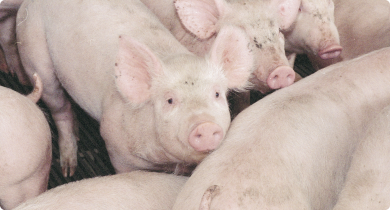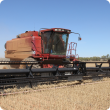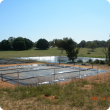Feeding & nutrition
What animals eat has a major impact on performance, profitability and quality of the end product. For intensive livestock (pigs, poultry and sheep and cattle in feedlots), cereals, legumes and protein meals make up the majority of the diet and are formulated to meet diet specifications. For extensive animals, quality of pastures and year-round supply become major issues.
The Department of Primary Industries and Regional Development supports the livestock industry by conducting a range of research activities, often in collaboration with industry and scientific groups. This research concentrates on determining nutrient requirements, evaluating feed ingredients and studying product quality (for example, eating quality of meat). The identification of alternative feed ingredients is an important activity, since the demand for more traditional feedstuffs will increase.
See Also
Articles
Filter by search
Filter by topic
- Climate, land & water (5) Apply Climate, land & water filter
- (-) Remove Climate & weather filter Climate & weather
- Climate change (3) Apply Climate change filter
- Production & postharvest (2) Apply Production & postharvest filter
- Livestock research & development (2) Apply Livestock research & development filter
- Grains (2) Apply Grains filter
- Dry seasons and drought (2) Apply Dry seasons and drought filter
- Crops (2) Apply Crops filter
- Genetics & selection (2) Apply Genetics & selection filter
- Rangelands (1) Apply Rangelands filter
- Soil management (1) Apply Soil management filter
- Wheat (1) Apply Wheat filter
- Measuring and assessing soils (1) Apply Measuring and assessing soils filter
- Soils (1) Apply Soils filter
- Canola (1) Apply Canola filter
- Grains Research & Development (1) Apply Grains Research & Development filter
- Land use (1) Apply Land use filter
- Liming (1) Apply Liming filter
- Management & reproduction (1) Apply Management & reproduction filter





